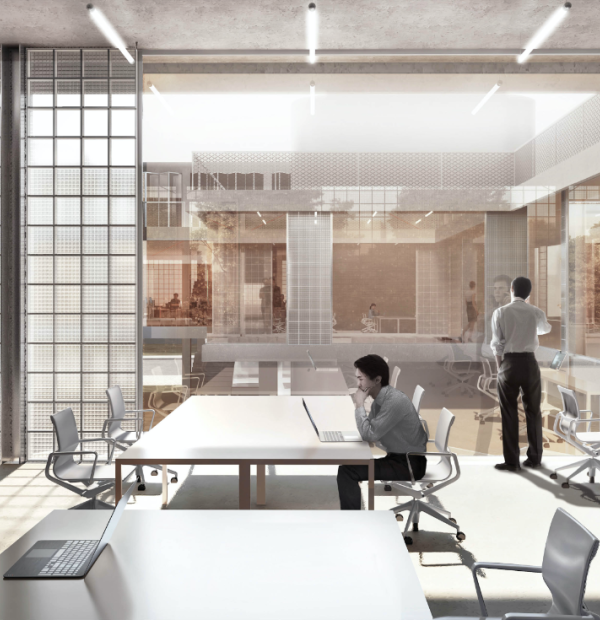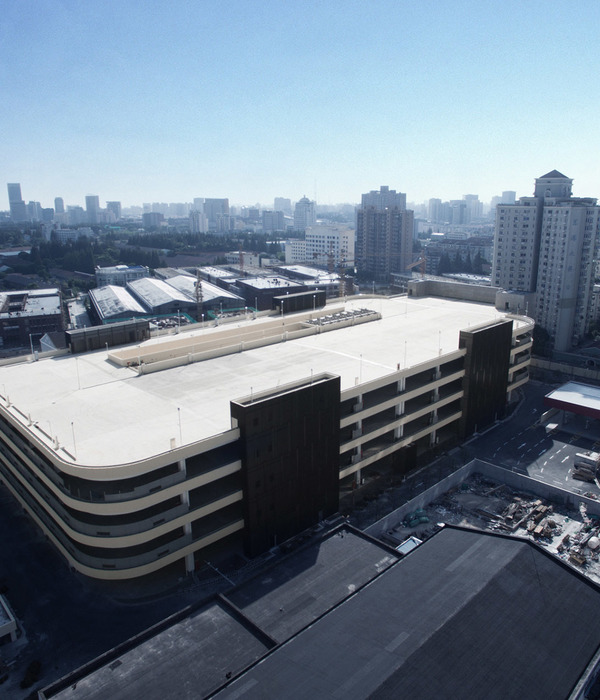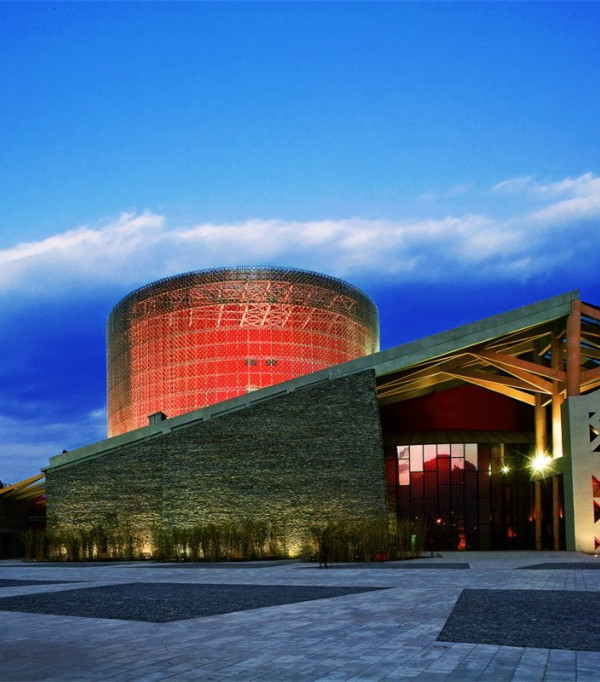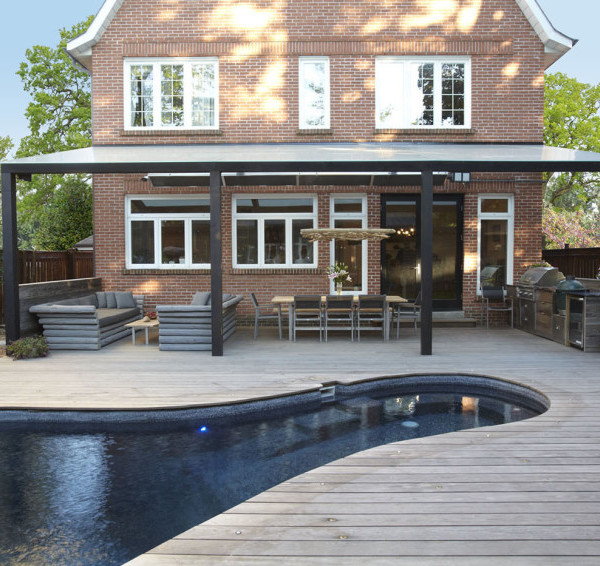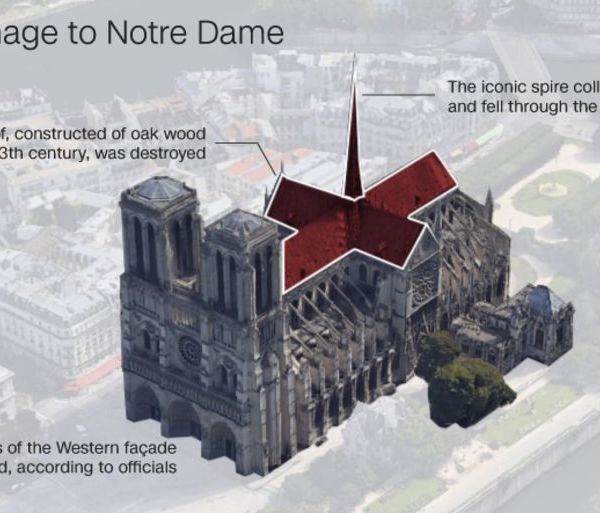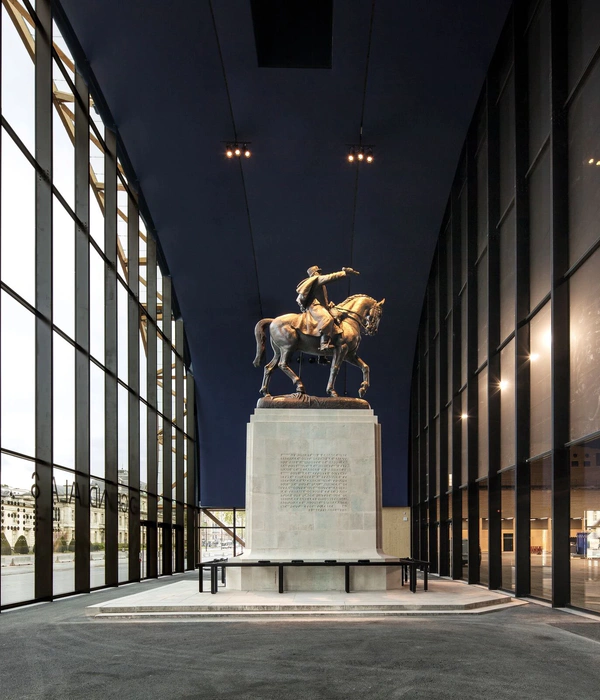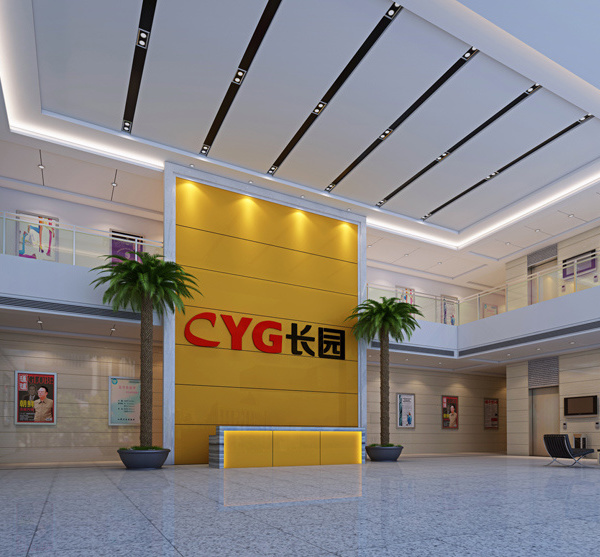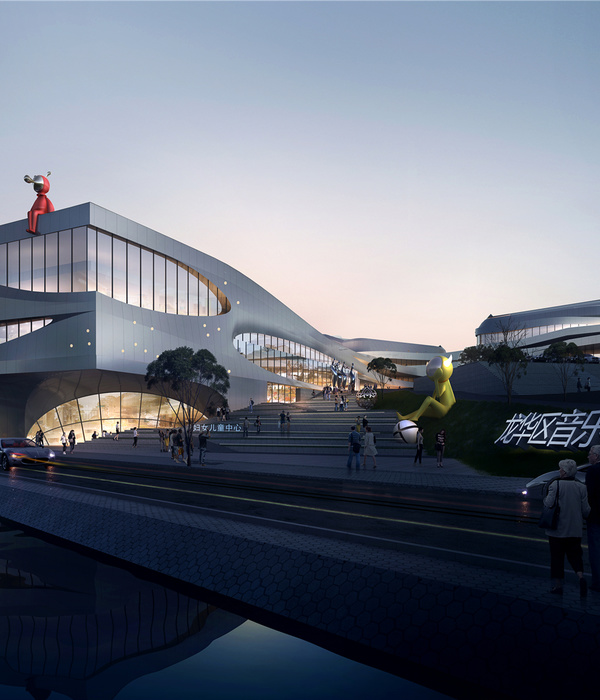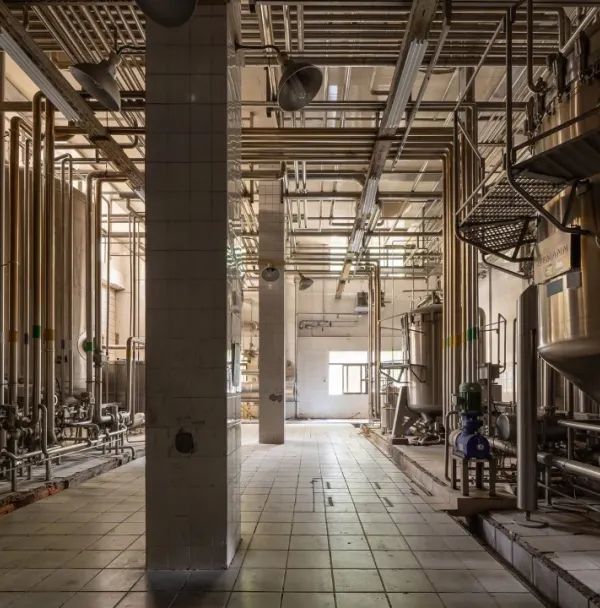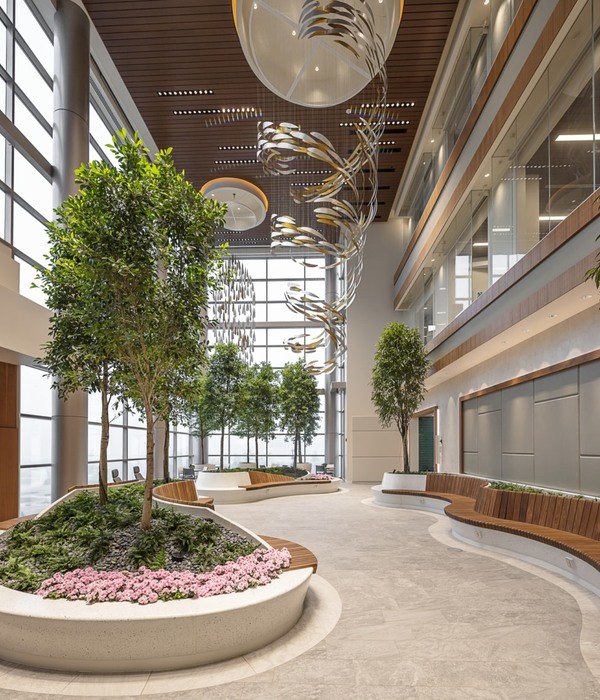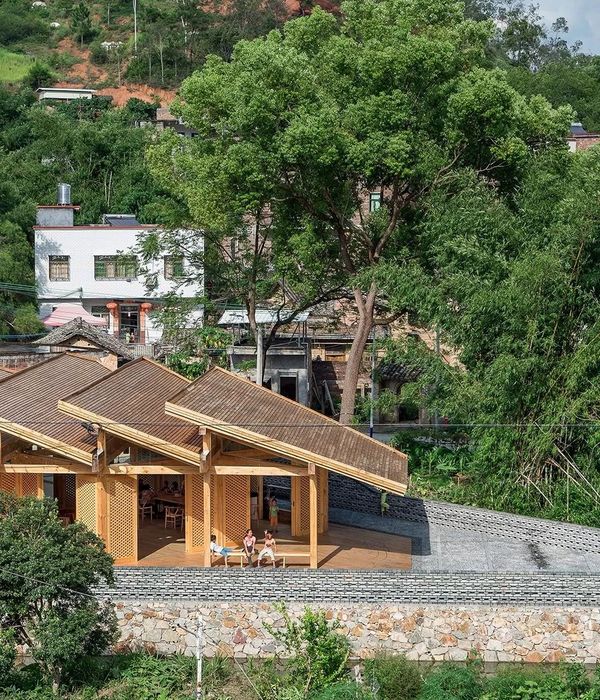Guiba is a rural community in Burkina Faso, an important crossroads in the area, with 9 neighbouring villages that depend administratively on this town, in total about 15,000 inhabitants in 15 km around. Its Health and Social Promotion Centre consists of a Maternity Clinic, a dispensary, a small hospitalisation block, a pharmacy, a kitchen, latrines, and a public fountain, as well as the residences of non-local health workers. Buildings that do not reach 100m2 area, with walls of cement mortar block and galvanized sheet roof, in great state of degradation. The Maternity suffered from infiltrations of rainwater through the roof, numerous fissures, damaged coatings, and defective or non-existent furniture and equipment.
The team of AJUDA'M A VIURE, NGO that promotes the project, is formed by different professionals of the Catalan health, and carries out its actions from 2009. In 2012, after several years developing specific assistance tasks in the area, they opted for the involvement in the public health system, given their conditions of extreme vulnerability. It seemed more appropriate to strengthen the existing health system, properly integrated into the local idiosyncrasies, without duplicating efforts and adding new health agents.
The objective of the project is the comprehensive rehabilitation and extension of the maternity building. It tries to benefit most of the built volume and the existing distribution to significantly improve its functioning as well as the quality of the spaces and the level of internal comfort.
The existing building is approximately a square in plan, with a terrace running along the entire length of the north façade, where both public and sanitary access are located. Inside, a wall that crosses the building, parallel to the access façade, generates a division between the public consultation space (waiting room and consultation room) and the clinical space where the delivery room and the postpartum hospitalization room were located.
The intervention involves converting the small and dark interior distributor of the private area into a corridor of facade east to west, naturally illuminated and ventilated, regulating the thermal conditions inside the building. Now, this longitudinal inner passage divides the old floor plan into two rectangular strips, each linked to one of the opposite north-south facades. The northern block is maintained with the existing dimensions, as public and access. On the other hand, in the southern block, the most private, the built piece is extended towards the west to improve the hospitalisation space.
The opening of this new corridor to both ends allows the creation of a private access for health personnel to the west façade as well as an exit to the east side. In the interior, this passage is configured as a type of semi-exterior space where the air is constantly renewed -apertures in facades that coincide in the direction of the predominant winds and the exit of heated air is permitted through the upper slots that remain between the new structure of the corridor and the old walls of the building-. All the rooms have openings on opposite facades and to the central corridor, which favours the natural convection of the interior air. Glass windows are provided to allow watertight spaces and control the exchange with the outside. Mosquito nets have also been installed, as malaria is prevalent throughout the country.
Volumetrically it becomes evident the creation of these two bodies because now each one has an equal slope but in opposite direction. The existing construction is trimmed to adapt to the new angles and is wrapped with a self-supporting wall of compressed earth brick CEB, leaving an intermediate ventilated air chamber. This wall makes it possible to stop much of the external heat in order to keep the interior cool, while at the same time bearing the heavy load of the new top metal roof, without overloading the walls of the old construction.
The new postpartum room is covered with a reinforced concrete slab of 15 cm. Instead, the interior ceiling of the old construction is covered in a lighter way, with a wooden flooring made with the panels recovered from the construction formwork, supported by the IPN metal profiles of the old roof that were kept at the time of demolition.
The two volumes are culminated with a double metal roof, to protect the construction from direct sunlight and the heavy rains of the wet season. The rainwater is collected in a metal rain gutter that runs over the roof of the central corridor, and that spills it next to the Karité (vitellaria paradoxa) on the east side of the building.
{{item.text_origin}}

